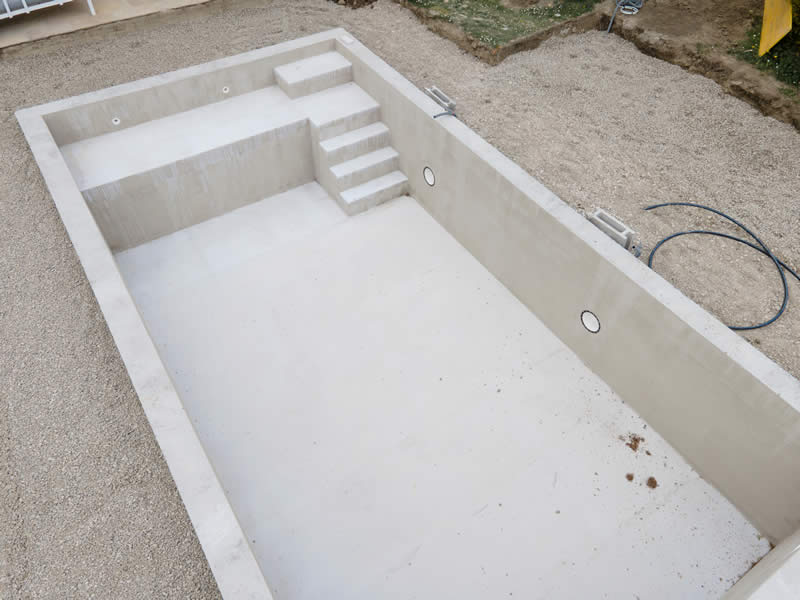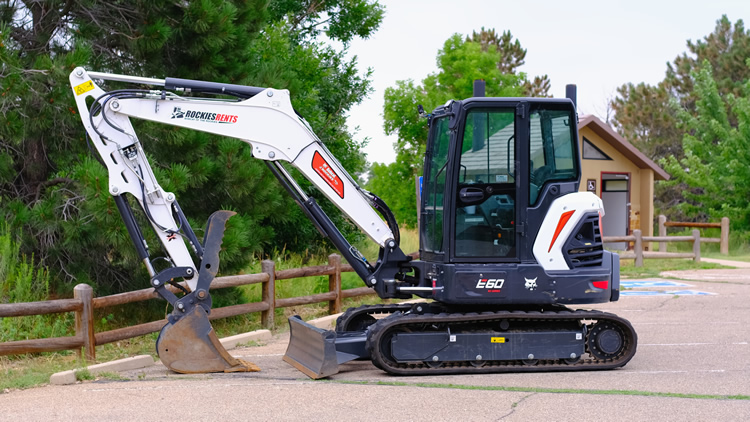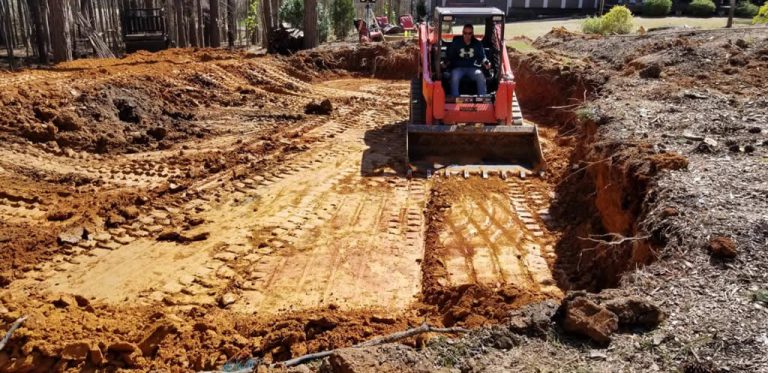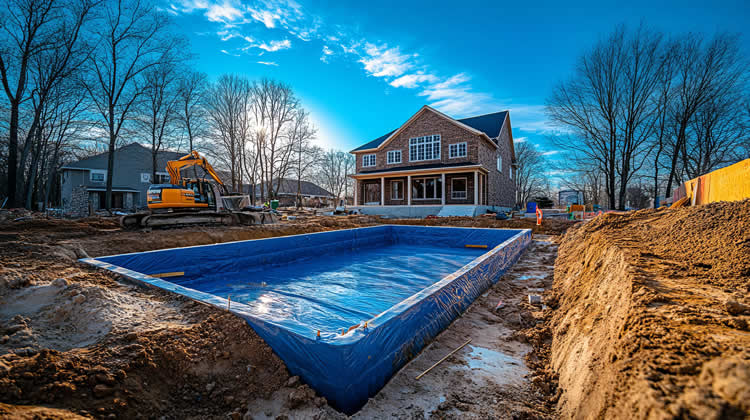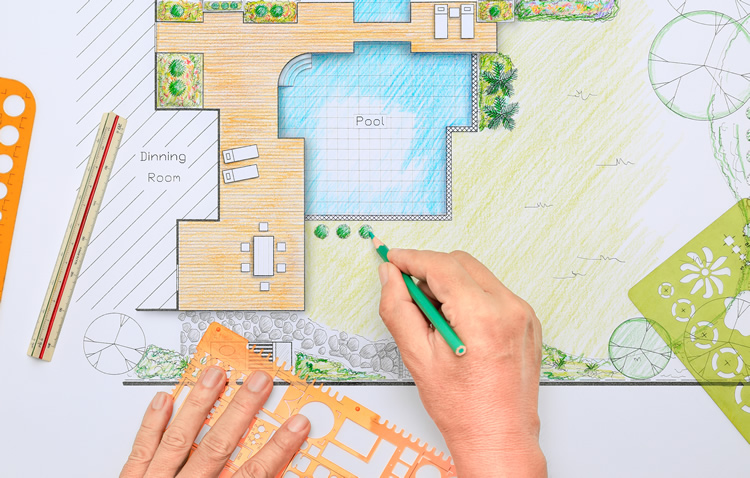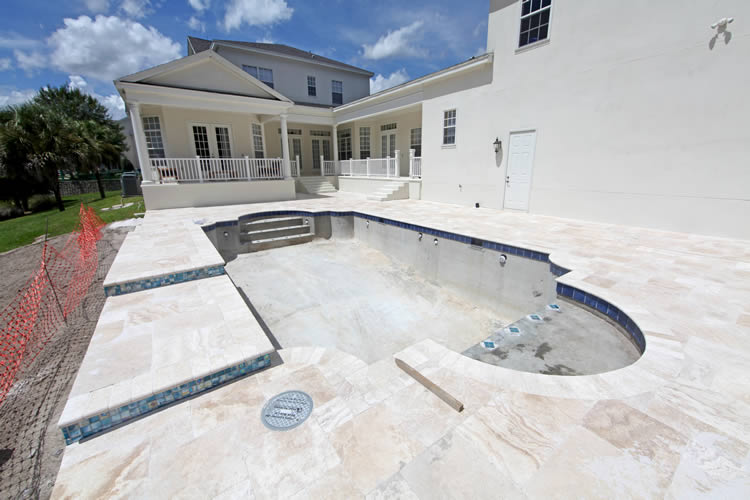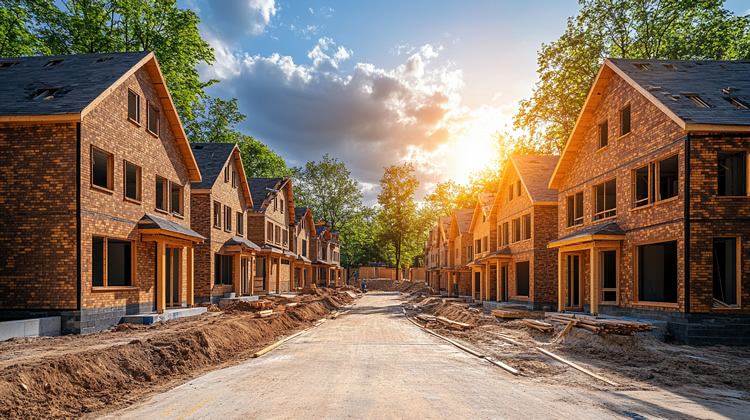Breaking Down Pool Costs: What Really Affects the Price
If you’ve ever tried to price a pool, you’ve probably noticed how wide the range can be. One builder quotes $70,000, another says $120,000, and both swear they’re giving you a “great deal.” So who’s right?
The truth is, both could be — depending on what’s included, how it’s built, and what your property requires. Pool pricing isn’t random; it’s a mix of craftsmanship, materials, and logistics. When you understand where the money goes, you can make smart choices without sacrificing quality.
Let’s break it down piece by piece.
The Three Core Cost Drivers
Every pool — whether it’s gunite, fiberglass, or vinyl — has three main cost categories:
- The structure – the shell, steel, plumbing, and equipment
- The environment – decking, drainage, and access
- The experience – design details, lighting, water features, automation
Each adds layers of cost, but also of enjoyment. Most homeowners focus on the shell alone, when in reality, the pool environment around it can account for nearly half the total price.
Pool Type and Material
The first major factor is what kind of pool you’re building.
- Vinyl-liner pools are the most affordable option, typically starting around $45,000–$60,000 for basic builds. They’re comfortable, attractive, and easy to customize with shape and liner patterns, but liners do need replacement every 8–10 years.
- Fiberglass pools cost a bit more, often $60,000–$80,000, but come pre-molded in smooth, durable shells that resist algae and require very little maintenance. The main limitation is size and shape — what you see in the catalog is what you can get.
- Gunite or shotcrete pools start closer to $80,000 and up, but offer full customization — any shape, depth, or finish you can imagine. They’re built by hand, on-site, which takes more time but results in a true one-of-a-kind pool.
Your builder should walk you through the pros, cons, and lifetime costs of each. Sometimes the higher upfront investment in durability or design flexibility pays off down the road in fewer repairs or better resale value.
Size, Depth, and Shape
No surprise here: bigger pools cost more. But it’s not just about square footage — it’s also about depth and complexity.
A 16×32 rectangle is straightforward. Add curves, a tanning ledge, or a raised spa, and the labor and material needs increase. Extra rebar, more concrete, longer plumbing runs — it all adds up.
Depth matters too. A pool that goes from 3 to 8 feet deep requires more excavation and concrete than one that’s 4.5 feet flat-bottomed. In most family backyards, shallower designs are more usable anyway, which can save money and simplify heating and maintenance.
Site Conditions and Access
Here’s the hidden cost most homeowners don’t see coming: the site itself.
If your yard is flat, open, and easy to reach, excavation is simple and cheap. But if it’s sloped, rocky, or fenced in, things get trickier. Removing soil, trucking in fill, or using smaller equipment for tight access can add thousands to a project.
In Georgia, we also deal with red clay, tree roots, and sometimes poor drainage. A good builder evaluates those issues early and factors them into the price — not as “surprises” later.
Other site factors that can affect cost include:
- Retaining walls for level yards
- Hauling fees for excess dirt
- Driveway protection or temporary access roads
- Utility relocation (gas, electrical, irrigation)
The moral: no two backyards are the same. The cheapest quote isn’t the cheapest if it ignores the site challenges that every builder will face once they dig.
Decking and Hardscape
Decking is often underestimated, but it’s what you’ll walk on every single day. It can easily account for 20–30% of your total budget.
Plain broom-finish concrete is the most economical option. Stamped, stained, or patterned concrete adds color and texture for a moderate cost bump. Travertine, pavers, or natural stone elevate the look and comfort but cost more in both materials and labor.
A smart way to manage cost is to phase your decking. Build a smaller section now, then expand later. As long as the pool elevation and drains are set up correctly, adding onto it is simple.
Equipment and Technology
Every pool needs a pump, filter, heater (optional), and sanitation system. But like cars, equipment comes in trim levels.
A basic setup will run fine, but premium systems — variable-speed pumps, cartridge filters, salt chlorinators, and smart controls — add convenience and efficiency. They cost more upfront but pay off through lower energy bills and simpler maintenance.
Automation systems like Pentair IntelliCenter or Hayward OmniLogic can control lights, pumps, and heaters from your phone. They’re not essential, but once you have them, you’ll wonder how you lived without them.
Budget $7,000–$12,000 for a modern, energy-efficient equipment package that’ll serve you well for years.
Aesthetics and Add-Ons
Features like waterfalls, spas, and lighting often push budgets higher, but they’re also what make a pool uniquely yours.
Here’s a rough guide to typical upgrades:
- Raised spa with spillway: +$10,000–$15,000
- Sheer descent or deck jets: +$1,500–$3,000
- LED color lighting: +$1,000–$2,000
- Fire bowls or walls: +$3,000–$8,000
- Automation and remote control: +$2,000–$4,000
You don’t need them all at once — design with expansion in mind. It’s easy to plumb for future features during construction, even if you add them later.
Permits, Engineering, and Labor
Behind every finished pool is a small mountain of logistics — permits, engineering plans, inspections, and labor coordination. These “soft costs” usually total 10–15% of the project.
Reputable builders include them in your estimate upfront. If you get a quote that seems too low, check whether permits, inspections, or cleanup are actually included — they often aren’t.
Seasonal Timing
Believe it or not, timing affects pricing too. Spring and early summer are peak demand, when crews and materials are tight. Fall and winter builds can sometimes save you 5–10%, since schedules are lighter and soil conditions are easier to work with.
Plus, a pool started in the off-season is usually ready to swim in when warm weather returns — not halfway through July when everyone’s already booked.
Budgeting Smart Without Cutting Corners
If you’re trying to hit a certain number, start with the essentials: a solid structure, reliable equipment, and safe electrical. Those are non-negotiable.
Then add aesthetics in layers — decking extensions, landscaping, or water features can all come later.
What you don’t want to do is chase the cheapest bid. Builders who undercut by tens of thousands usually skip quality materials, insurance, or inspections. You’ll pay more fixing it later.
The Takeaway
Pool pricing isn’t mysterious once you see how each piece fits together. The structure, site, and finishing touches all matter — and each adds to the experience you’ll enjoy for decades.
When you work with a transparent builder who explains those costs clearly, you’ll never feel surprised by the final number. You’ll just see where every dollar went — right into quality, safety, and the kind of craftsmanship that lasts.
Let’s Talk …
Let us take care of your Pool & landscape
At Aqua Fun, we don’t just build pools — we build relationships that last for seasons to come. Our team takes the time to understand your space, your needs, and how you actually use your backyard. Then we craft solutions that make every swim, soak, or gathering more enjoyable. It’s not about selling you more; it’s about helping you get it right.
If you’ve been thinking about improving, repairing, or re-imagining your pool, let’s talk. We’ll meet you where you are, explain your options clearly, and make sure the whole process feels simple and stress-free. That’s the Aqua Fun way — real people, real care, and results that speak for themselves.
Mon – Fri
8:00 – 6:00

